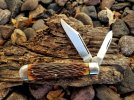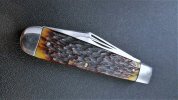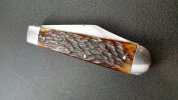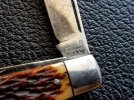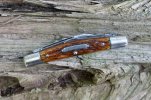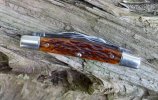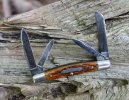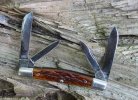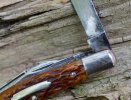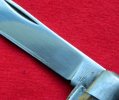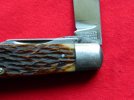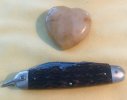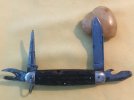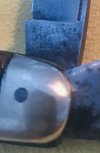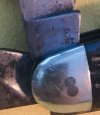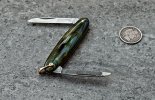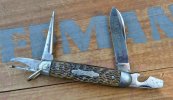SteveC
Gold Member
- Joined
- Jul 13, 2017
- Messages
- 16,344
An interesting pair of knives from the same era in todays mail. A well used Case XX green bone pruner, spent a lot of time in someones pocket, spring has turned black from sweat, very sharp and still great snap.
Other is a short line Camillus #12 jack, 3 1/2" and looks to be unused. Can find very few examples of this knife.
Nice #12 Augie

I have a four line #12 although there is no #12 stamp on the main blade. All steel construction.
